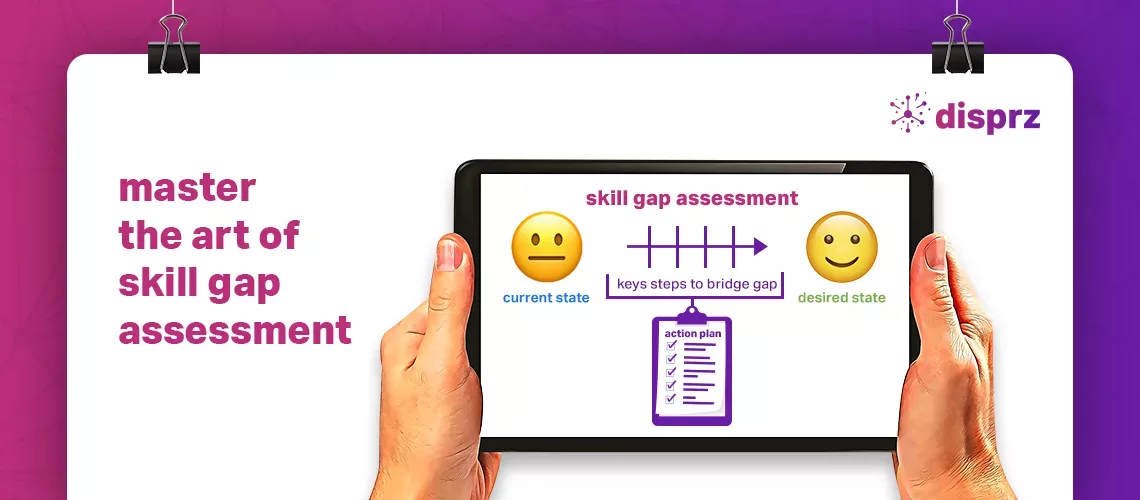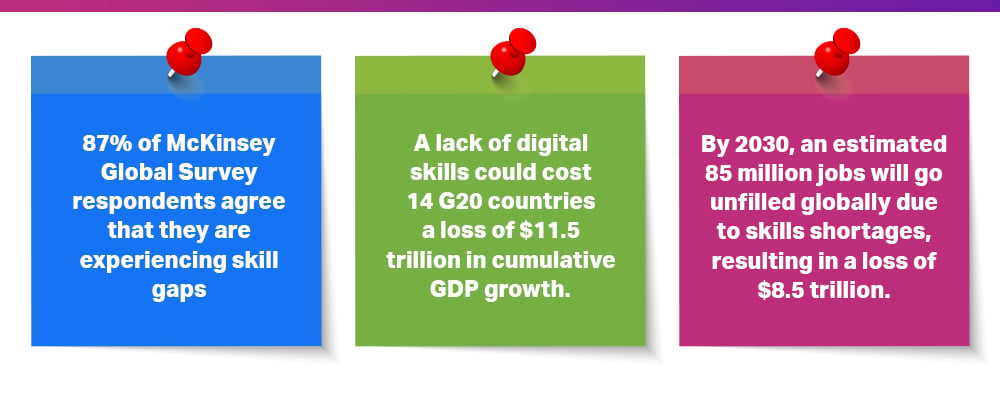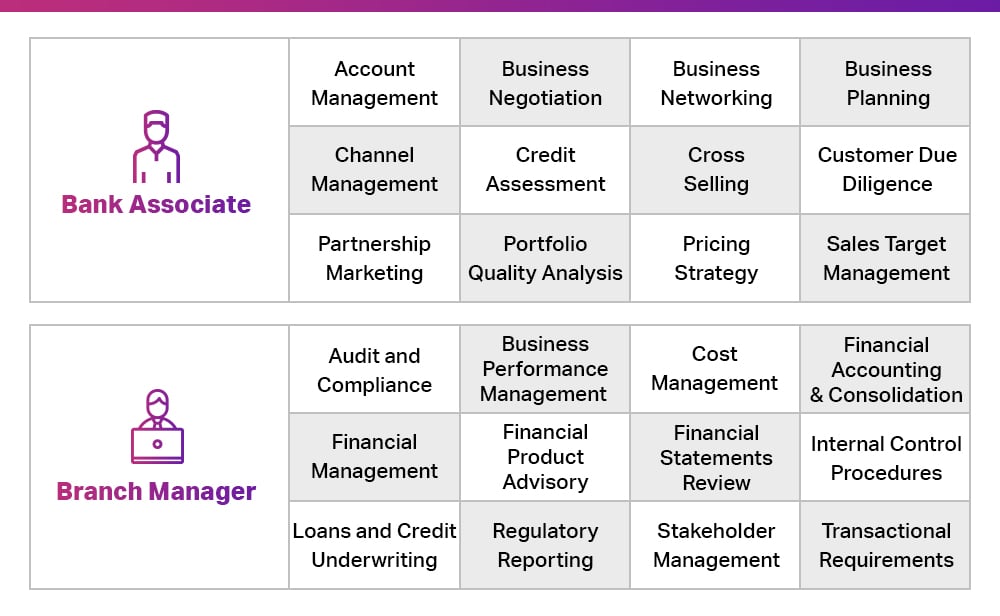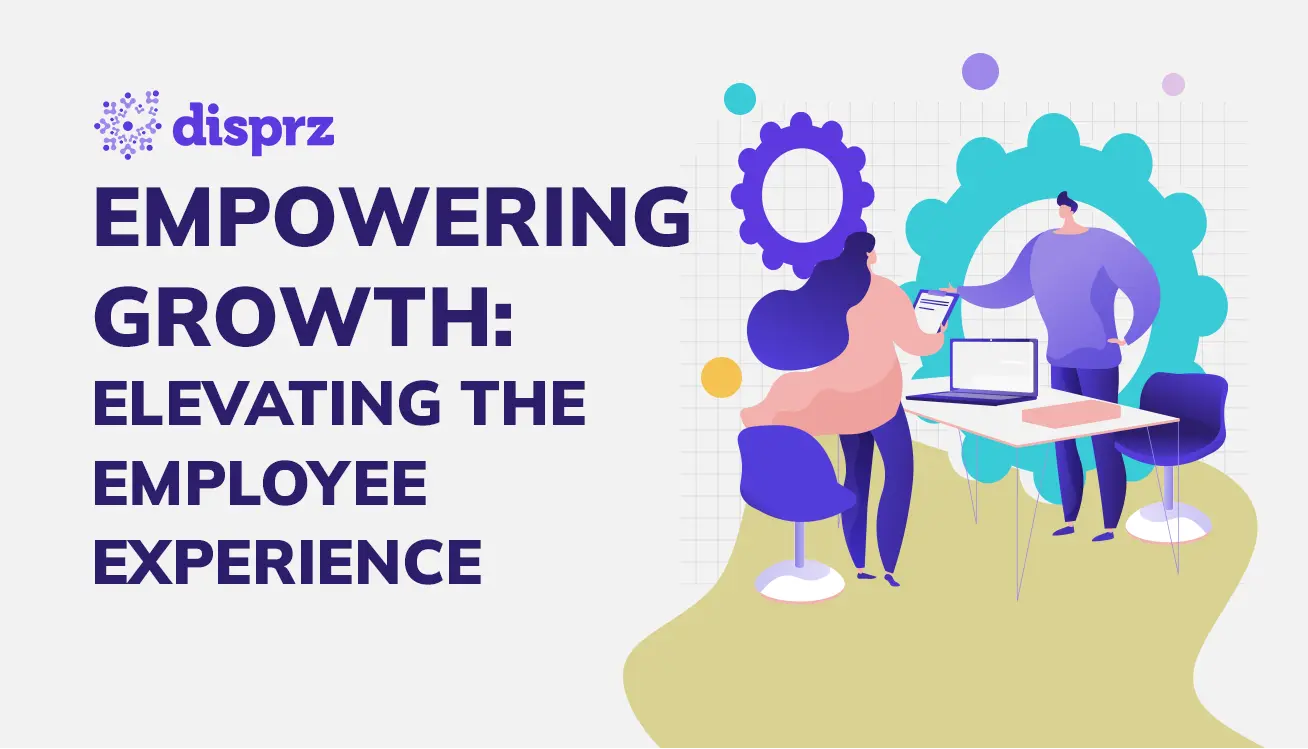-
Outcomes
Latest Blog Posts
 Essential Strategies for L&D Teams in Today’s Workplace by Cultivating Diversity and Inclusion
Essential Strategies for L&D Teams in Today’s Workplace by Cultivating Diversity and Inclusion -
Products
ProductsLatest Blog Posts
 Essential Strategies for L&D Teams in Today’s Workplace by Cultivating Diversity and Inclusion
Essential Strategies for L&D Teams in Today’s Workplace by Cultivating Diversity and Inclusion -
Customers
Latest Blog Posts
 Essential Strategies for L&D Teams in Today’s Workplace by Cultivating Diversity and Inclusion
Essential Strategies for L&D Teams in Today’s Workplace by Cultivating Diversity and Inclusion -
Resources
Latest Blog Posts
 Essential Strategies for L&D Teams in Today’s Workplace by Cultivating Diversity and Inclusion
Essential Strategies for L&D Teams in Today’s Workplace by Cultivating Diversity and Inclusion -
Company
Latest Blog Posts
 Essential Strategies for L&D Teams in Today’s Workplace by Cultivating Diversity and Inclusion
Essential Strategies for L&D Teams in Today’s Workplace by Cultivating Diversity and Inclusion

6 min read
• 18 Apr 2024
Skill Gap Assessment – A Full-Proof Plan To Upskill Employees At Workplace
Skill gap assessment plays a significant role in identifying and adding the missing skills to ensure employees feel comfortable in their growth.
-
eBookEmployee Upskilling - A Detailed Blueprint For Building A Skills-Driven Learning Culture
As per research by Deloitte, functional skills have a “half-life” of about five years, with technical skills at just two and a half years. This means the skills your employees developed a few years back, have already lost their value. It is challenging to offer the utmost customer satisfaction and achieve annual business goals if employees lack the latest skills. As per the Disprz whitepaper, 79% of CEOs today feel that a lack of essential skills is threatening their business growth. But how do you assess which skills are necessary to meet a business’s needs for a substantial future? And do employees possess them? Well, here is where skill gap assessment plays a significant role.
Wondering what is skills gap assessment and how it can benefit your organization? Read or to find out.
What exactly is a skill gap assessment?
Let’s look at the definition of skill gap assessment through the lens of an example. To be a successful app developer, expertise in skills like Application Testing, Capacity Management, Data Engineering, Infrastructure Support, IT Governance. Project Management etc., is essential. However, Kyra, an IT app developer, possesses only Application Testing, Capacity Management, Data Engineering, and Infrastructure Support skills. Moreover, their proficiency level for these skills is very low.

So, the shortage of skills is in two forms:
- Complete absence of skills – In this case, Kyra lacks project management knowledge.
- Low proficiency in a skill- for example – Kyra possesses capacity management skills, but when assessed, her knowledge of this subject is low.
Thus, through skill gap assessment, it is possible to identify the skill gaps that need to be sharpened and the ones that are missing.
In a nutshell, skill gap assessment is a strategic approach for locating and equipping employees with the skills needed to manage the job role with utmost efficiency to ensure the current and future success of the business. It highlights the difference between the desired skills for a specific role and the actual skill levels. Conducting an effective skill gap assessment will not only bring to light the skill deficiencies but also help ensure that you are on the right path to upskilling your employees at the workplace.
Why is skill gap assessment important for a company?

The above statistics scream the need for organizations to focus on ensuring the right skill development. Unfortunately, most employees experience a deficiency in the expected skills.
As per research, 46% of employees are anxious about the widening skills gap and anticipate that their current skill set will become irrelevant by 2024.
Skill gap assessment plays a significant role in identifying and adding the missing skills to ensure employees feel comfortable in their growth. Here are some reasons that will propel you to think about the need for skill gap assessment in your organization
-
Provides insights into employee capabilities
-
Facilitates real-time actions to refine L&D to develop the missing skills
-
Helps in utilizing the L&D budget effectively with clear visibility of the skill gap
-
Improves retention as employees appreciate the companies that invest in their growth
-
Increases productivity by enabling employees to expand their capabilities.
-
Facilitated better hiring decisions with a well-designed skill catalog
Now that you’ve seen the importance of skill assessment let’s find out how to do it effectively.
Master the art of skill gap assessment
We know assessing the skill gap can get cumbersome as it is a long and complicated process, so here are simple steps that can help you get started.
Plan and create a roadmap
Skill gap assessment can appear overwhelming without a clear direction. Hence create a plan to determine how you will conduct your assessment.
Here are a few tips to plan your skill gap assessment journey:
-
Break the entire skill gap assessment process into phases to streamline the focal areas
Example – Phase 1 – Executives, Phase 2- Managers, Phase 3 – Team heads, etc.
-
Determine a sequence to focus on different teams in the organization.
Example – First – Product development team, Second – Sales team, Third – Customer support team, etc.
-
Determine the stakeholders involved in the process. For instance, team lead, various stakeholders, or other managerial figures.
-
Identify the right technology. A Learning Experience Platform(LXP) can be of great help here. It is a smart learning and skilling platform that can help provide immersive learning experiences and simplify the entire skill gap assessment process.
Identify and benchmark role-based skills
The next step would be to create a skill inventory for each role in the organization. A single team would have vivid roles like executive, assistant manager, team lead, manager, senior manager, regional head, etc. Hence we bifurcated these roles into phases earlier in this article. So choose a team and then focus on each phase one after the other.
Example: Below is a list of skills by different phases

Seems like a tedious task? Well, an LXP can be your helping hand in determining the skills for each role. For instance, with Disprz LXP, you can determine functional, leadership, digital, and meta-skills for different roles without much hassle. It helps you in identifying & benchmarking against industry standards what skills are needed for the various roles within the company using a proprietary skills framework that houses 250+ unique roles & 300+ atomic skills
So you can effortlessly create a skill inventory to conduct a skill gap assessment.
Strategically assess the proficiency level in each skill
The next step would be to assess the proficiency level of an employee in the skill benchmarked for their role.
Example: As we saw above, the bank associate for ABC bank needs to have account management skills.
So, let’s look at the different proficiency levels for this particular skill in the industry.
Level 1 – Demonstrates basic knowledge and understanding of account management process and leverage them to establish a connection with customers
Level 2 – Perform sales activities for assigned clients or accounts following a standard process, and execute day-to-day administrative activities for sales
Level 3 – Engage with customers, providing solutions, gathering feedback, and managing customer satisfaction for a given account
Level 4 – Develop plans and processes to cater to various customer accounts, manage customer satisfaction, and address current and projected customer needs
Level 5 – Establish organizational direction in managing customer accounts, and develop an account management framework and customer service strategy to engage, retain, and grow customers
However, each bank will have different requirements. For instance, ABC Bank expects that their associate should be at level 4. However, on conducting assessments, they discovered that the associate is only able to do level 1 tasks effectively. So they developed courses accordingly to help the associate enhance his skills to reach level 4.
With Disprz LXP, you can easily evaluate the proficiency level of your employee in different skills. It enables you to conduct various assessments like code assessment for a functional role or a 360-degree assessment where through manager or self-assessment, you can find the skill score to understand the proficiency level of an employee in a digital skill. A negative skill score can work as a red flag to take real-time action for the missing skills.
Act on the skill data
Once you identify the skill gap, it is crucial to work on the skill development process.
“Skills development must be relevant, fast, and effective,” says Sari Wilde, Managing Vice President, Gartner.
Based on the skill gap assessment, create your learning and development strategy to upskill the employees at the workplace. The Disprz LXP can help speed up the entire skill development process. Based on the skill score the AI mechanism automatically fetches relevant content and creates a personalized journey for your employees to expand their skills and move to the next level. You can even curate and create learning pathways with different learning formats like blogs, podcasts, and videos for your employees. Moreover, by enabling email notifications, you can remind the employees to enroll in the learning courses to sharpen existing skills and build the ones that are missing.
Final thoughts
Having visibility into the skills that employees have or are lacking through assessments can help identify business risks as well as opportunities within the organization and improve overall performance. We’ve seen the importance of learning a new skill and making employees future-ready to drive better business results. So focus on skill-based assessments by leveraging the right technology. As mentioned above, Disprz LXP is a user-centric tool that is easy to navigate and helps you in end-to-end skilling, from identifying the right skills to building them to make employees future-ready. Check out how our LXP platform can make your skill gap assessment journey seamless.

About the author

Debashree Patnaik
Debashree is a seasoned content strategist at Disprz.ai, specializing in enterprise learning and skilling. With diverse experience in B2B and B2C sectors, including ed tech, she leads the creation of our Purple papers, driving thought leadership. Her focus on generative AI, skilling, and learning reflects her commitment to innovation. With over 6 years of content management expertise, Debashree holds a degree in Aeronautical Engineering and seamlessly combines technical knowledge with compelling storytelling to inspire change and drive engagement.
More Resources
4 min read
• 15 Apr 2024
Unlocking the Power of Managerial Engagement in Talent Development
4 min read
• 09 Apr 2024
Nurturing Excellence in Building Leadership Pipelines
4 min read
• 09 Apr 2024
Improving “Employee Experience” For Organizational Growth
Sign up to get free resources and stay up to date with Disprz!
Discover how Disprz can align learning and upskilling with your desired business outcomes.




